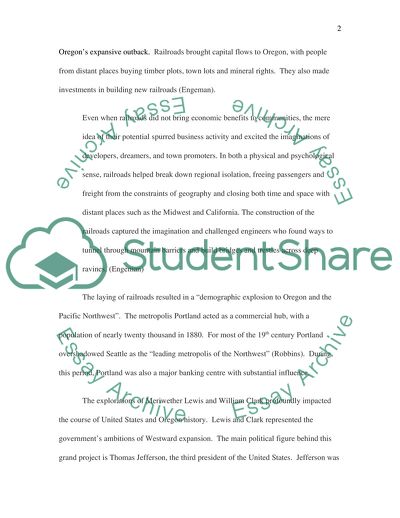Cite this document
(Oregon History between 1750 and 1900 Assignment, n.d.)
Oregon History between 1750 and 1900 Assignment. https://studentshare.org/history/1703267-oregon-social-history
Oregon History between 1750 and 1900 Assignment. https://studentshare.org/history/1703267-oregon-social-history
(Oregon History Between 1750 and 1900 Assignment)
Oregon History Between 1750 and 1900 Assignment. https://studentshare.org/history/1703267-oregon-social-history.
Oregon History Between 1750 and 1900 Assignment. https://studentshare.org/history/1703267-oregon-social-history.
“Oregon History Between 1750 and 1900 Assignment”. https://studentshare.org/history/1703267-oregon-social-history.


